how to replace a speedometer cable
Any looseness or corrosion between cables and clamps or between clamps and battery terminals will produce high resistance and subsequent voltage drop. The high resistance between the cable and the terminal is easy to measure with a voltmeter. Apply 20A current to it, connect one wire of the voltmeter to the cable and the other wire to the cable terminal. The voltage drop between them should be 0.1V, and the voltage drop between the starting motor and the grounding wire should not be higher than 0.1V.
When removing the wiring from the instrument panel, pay attention to fill the center with non-conductive grease, and do not remove the grease. If you want to replace the wire on the side of the engine room, open the connection point and seal it with a waterproof protective layer again. Other improvements to the chassis circuit system include the use of weather resistant wire and cable insulation and more durable lamp caps; Use a lot of plastics to avoid corrosion; Use long-life bulbs, headlamps with stronger light and halogen headlamps with external sealing improved by 25-50%; Through improvement, the aiming is easier to adjust.The speedometer used in the car is used to indicate the speed of the car and record the mileage. The speedometer is driven by a flexible shaft connected to the gears in the gearbox, and a few flexible shafts are driven by the front wheels. The speed unit of the speedometer is miles / hour or kilometers / hour. If the speedometer also has mileage records, its recording unit is miles or kilometers. The recording part of the instrument is called odometer.
The gear design of each type of automobile is different, so the size of the tire and the transmission ratio of the rear drive axle should be considered. For the output of most gearboxes, 1001 revolutions of the driving flexible shaft is equivalent to 1 mile on the odometer, that is, if 1001 revolutions of the driving flexible shaft per minute means driving a mile, it is 60mph (60 miles per hour) per hour. Speed indication the speed indication of a typical speedometer or tachometer works according to the electromagnetic principle. It includes a permanent magnet driven by a flexible shaft connected to the gearbox. Around the magnet is a round basin magnetic stator. Between the magnet and the basin stator is a speed disc of non-magnetic material installed on the rotating shaft, and the magnet rotates in the speed disc.

 English
English 
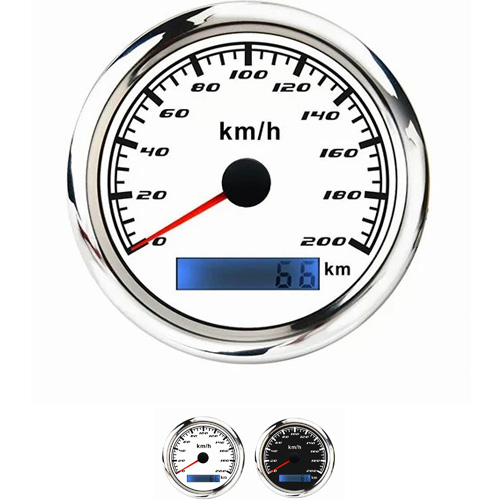
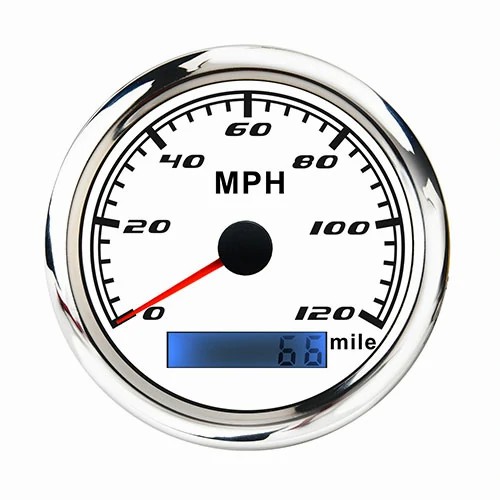

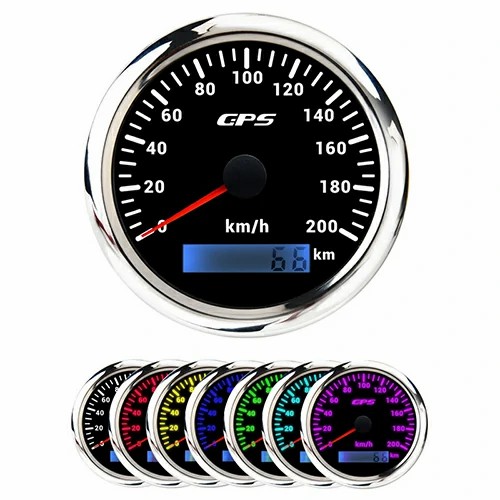
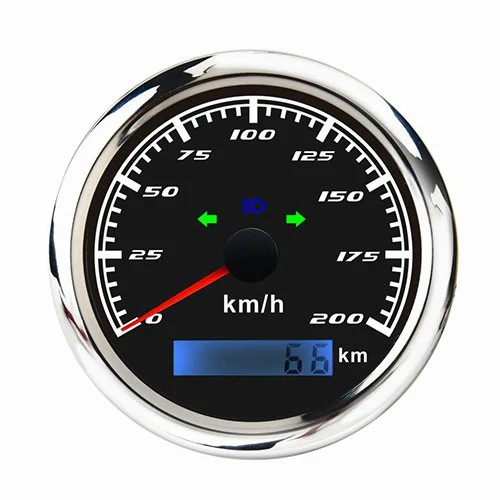
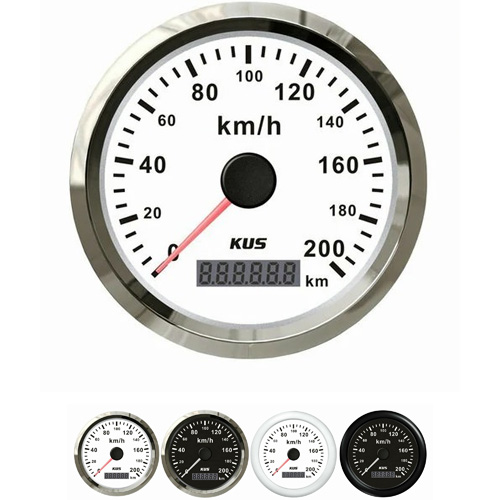
Get a Quote / Info